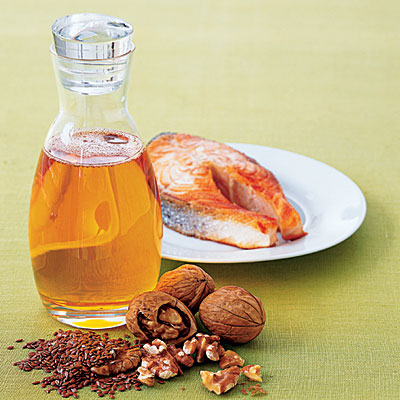For years, fat was a four-letter word. We were urged to banish it from our diets whenever possible. We switched to low-fat foods. But the shift didn’t make…
Types of fats in food; Unsaturated fat. Monounsaturated fat. ω−7; ω−9; Polyunsaturated fat. ω−3; ω−6; Trans fat; Saturated fat. Interesterified fat…

What is saturated fat, & do we need to avoid it for a healthy heart? Find answers to all your questions and saturated and unsaturated fats here.
Dietary fat has a bad reputation, but fat isn’t necessarily a bad thing. Learn how saturated vs. unsaturated fats stack up and what this means for you.
Benefits of Replacing Saturated Fats with Unsaturated Fats Decreases Cancer Risk Lowers LDL Cholesterol Level and raises HDL Cholesterol Decreases


An unsaturated fat is a fat or fatty acid in which there is at least one double bond within the fatty acid chain. A fatty acid chain is monounsaturated if it contains one double bond, and polyunsaturated if it contains more than one double bond.


Unsaturated fat comes in two forms: monounsaturated and polyunsaturated. Including these healthy fats as a part of a well-balanced diet can result in a


Unsaturated fats, which are liquid at room temperature, are considered beneficial fats because they can improve blood cholesterol levels, ease inflammation, stabilize heart rhythms, and play a number of other beneficial roles. Unsaturated fats are predominantly found in foods from plants, such as


Dietary fats: Know which types to choose. When choosing fats, pick unsaturated fat over saturated fat. Here’s how. By Mayo Clinic Staff
